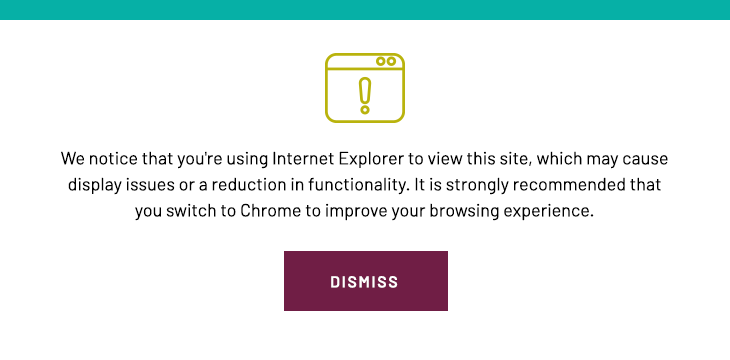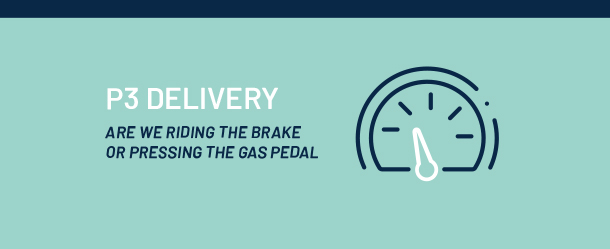



Recently, I spoke at a seminar covering Public-Private Partnership (P3) project delivery where we ended with a very engaging question and answer period.
There were two main themes that came out of this discussion:
(1) A culture change is needed among public owners to perform more P3 delivery
(2) How to overcome the fear of failing by using P3 delivery
After thinking more about these themes, I realized the key question to ask is, “Why are public agencies still so reluctant to use P3 delivery?” Before we begin, let’s take a look at how Merriam–Webster defines the terms culture and fear. From there, we can explore some methods to mitigate them in order to move forward with P3 delivery.
Many public agencies are conservative by nature, as they are required to perform construction project delivery in accordance with strict procurement guidelines and laws. In these cases, P3 is a delivery method that has never been used as it presents an unknown and unfamiliar process. Therefore, the agency culture automatically reverts back to a default “no risk” response when encountering new ideas and concepts surrounding project delivery.
MBP participated in multiple P3 delivery projects over the past 12 years located all across the country. During that time, we have assisted in multiple success stories from State-Municipal-County level projects to various types of capital projects. In our experience, the level of fear surrounding P3 delivery can be remedied through a culture change and understanding of the flexibility and additional opportunities provided by this delivery method.
Building trust and confidence will be achieved through process familiarity, well-known documentation requirements, and collaborative teamwork in order to overcome any “fear of failure” in using P3 delivery for new construction projects in a successful manner.
P3 delivery has proven to be a successful method for public owners and governmental entities to execute their capital improvement projects. Adjusting the public agency culture to adopt more feely the use of P3 delivery will result in adding a valuable tool in the public works/department of engineering “kitbag” for project delivery. Owner representative firms can provide key value-added services to reduce risk, enhance quality, control costs, and successfully deliver projects for public owners from the conceptual start of a P3 project through project closeout.
So, get off that brake pedal, and switch your foot to the gas pedal for increasing P3 delivery!
Learn more about P3 delivery by visiting additional blogs below:
Summer Road Trips and Public-Private Partnerships
Hot Potato…Who Has the Risk in P3?
Design-Build-Operate P3 Delivery in Sports Facilities for Municipalities
Comments